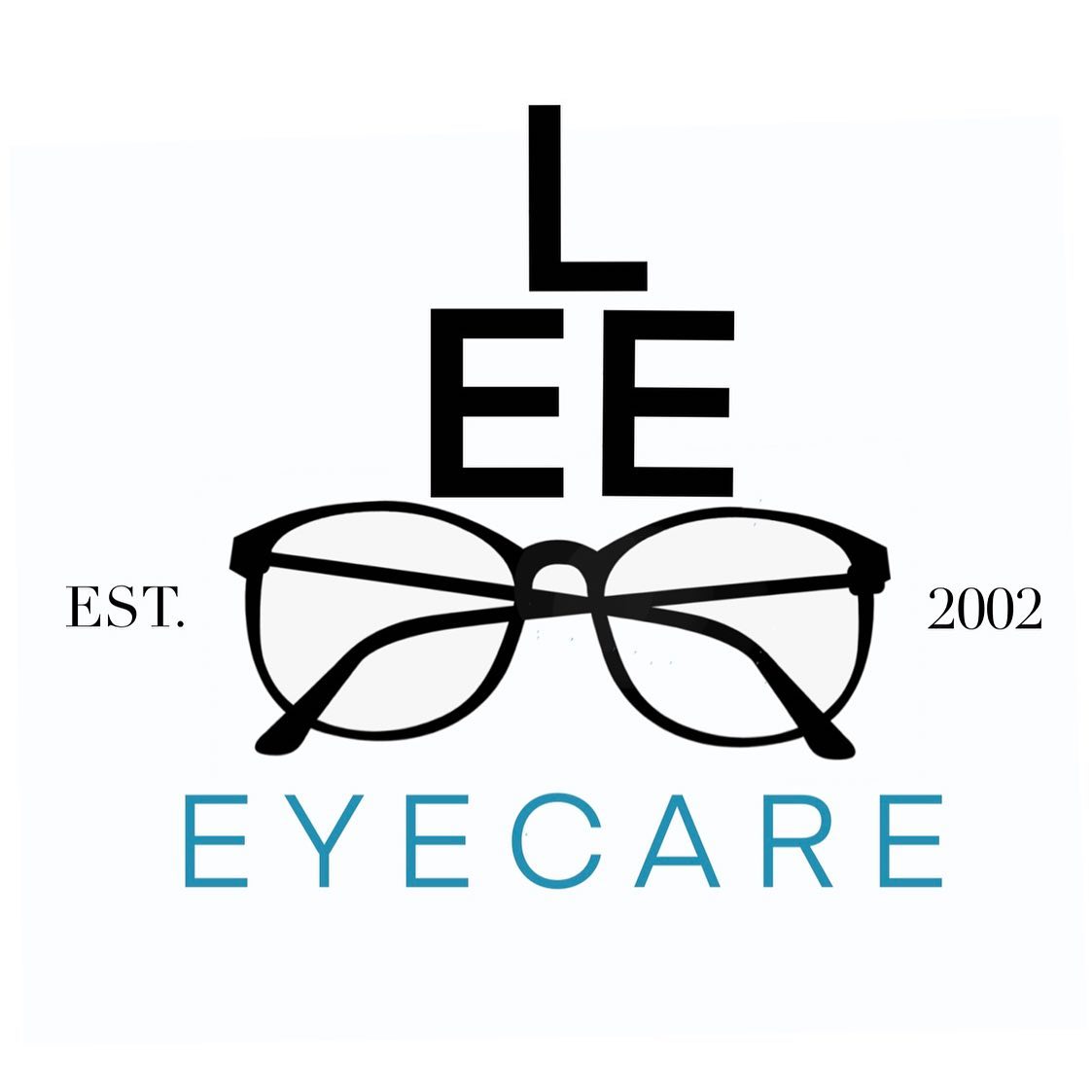Diabetic Eye Exam
Eye Care
Diabetic Eye Exams

Eye disease that is caused by diabetes is currently the number one cause of blindness and vision loss in the United States. Due to the increased risk in diabetic patients, doctors recommend that people over 30 with diabetes get an annual dilated eye exam. Diabetic patients under 30 should get this exam no more than five years after their diagnosis.
Diabetic retinopathy is a condition that is caused by damage to the retina. Patients that have diabetes may also have experienced elevated blood sugar levels for extended periods of time. These high levels of blood sugar have the potential to damage the retina’s walls, which leave them susceptible to leaking. Fluid accumulation in the retina or macula may cause vision loss.
To make matters worse, if prolonged high blood sugar levels reoccur the retina will be oxygen depleted. This causes the abnormal growth of new blood vessels. This condition is called neovascularization. This blood vessel type is weak and prone to leaking. As these blood vessels leak, they introduce blood into the eye. Excessive bleeding into the eye can cause blindness.
Diabetic Eyecare and Retinopathy Symptom Management
While a healthy diet and exercise can be beneficial for your overall optical health, it does little to manage diabetic retinopathy. You can’t effectively exercise or strengthen damaged retinal walls. While this damage can sometimes be corrected, simple diet changes won’t reverse the effects.
It is essential to catch the condition in the earlier stages to minimize the effects. Learning about diabetic retinopathy can also help patients understand the importance of monitoring their blood sugar so that repeat events can be limited.
Treatment options tend to be more successful when diabetic retinopathy is caught early. These treatment options include vitrectomy, scatter photocoagulation and focal photocoagulation.
During both scatter and focal photocoagulation, ophthalmologists will use lasers to help alleviate the condition. The lasers make small burns on the retina aimed at the blood vessels. These burns will help to seal the blood vessels to prevent more leakage and stop them from growing larger.
When using scatter photocoagulation, hundreds of small burns are made in a specific pattern during two additional appointments. Scatter coagulation should be used on patients who do not have advanced diabetic retinopathy.
Focal photocoagulation specifically targets the leaking blood vessels in the macula. Unfortunately, this procedure is not aimed at correcting the blurry vision associated with diabetic retinopathy, but rather stopping it from progressing further. Once the retina has detached, neither form of photocoagulation can be used.
Vitrectomy is a surgery that helps to remove scar tissue and/or the blood-clouded fluid that has been leaked into the eye. This operation is most frequently successful when performed before the disease has progressed too far. When the operation is performed solely for fluid removal, success rates are very high. Failure rate is around 50 percent when the procedure also aims to reattach the retina.
Living with Retinopathy
Diabetic retinopathy affects every person and even the same pair of eyes differently. A one-size-fits-all approach isn’t possible, which is why it is important to talk to your eyecare team about symptom management and treatment plans that are right for you.
It’s important to continue to learn about how you can manage diabetes to help keep the progression of diabetic retinopathy at bay. Make sure to use the tools that are available to you. Test your blood glucose daily, schedule regular doctor appointments and annual exams and learn to listen to your body. We can often start to detect that something is going on when things just don’t feel right.
Managing your diabetes with a complete health plan can lead to an increased quality of life and help to stop further vision loss.

